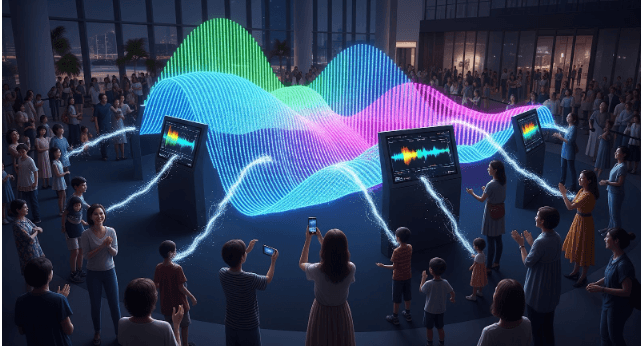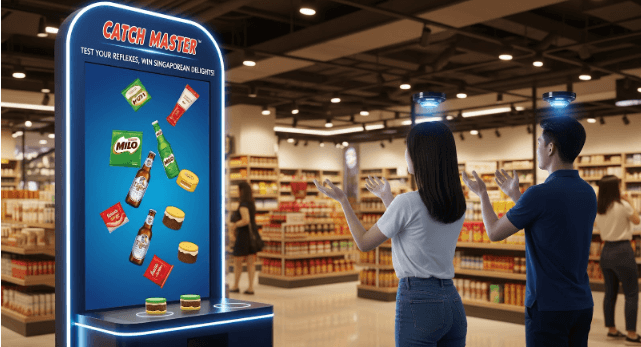Jun 16, 2025
Image sourced from google
In today’s age of immersive technology, marathons are no longer just about running from start to finish. With the integration of WebAR (Web Augmented Reality) and 3D Maps for Web, experiential events are evolving into smart, interactive journeys. A perfect example of this innovation is the AR Marathon Wayfinding and Treasure Hunt Experience that’s transforming how participants navigate and engage with outdoor events in urban environments across Singapore, Australia, and the UAE.
Introducing WebAR Wayfinding with 3D Maps
Wayfinding is a key element in large-scale outdoor events, especially marathons where participants often come from multiple directions and need guidance from transportation hubs to event locations. Traditional signages or printed maps are being replaced by WebAR-based wayfinding apps that overlay digital guides on real-world locations through smartphones.
3D Maps for Web is at the heart of this transformation. This browser-based, real-world mapping platform enables participants to interact with accurate 3D visuals—right from their phone browsers without any downloads. Whether you're attending a marathon in Sydney, Dubai, middle east, or Singapore, this scalable solution delivers seamless navigation and engagement.
How It Works
Arrival at Major Stations or Hubs
As participants exit key transport stations—be it Central Station in Sydney, Raffles Place in Singapore, or BurJuman in Dubai—they access the Wayfinding WebAR experience through a unique event link. This immediately activates a 3D map view that identifies their location in real-time and overlays animated AR arrows and cues guiding them to the marathon's starting point.
Real-Time Orientation
The system uses a combination of GPS and Visual Positioning System (VPS) to provide hyper-accurate positioning—up to 30 centimeters in mapped areas. This ensures that users are not just seeing a flat map, but a live 3D replica of their environment, including buildings, trees, and local landmarks, enhancing orientation and engagement.
On-Site Experience
Once on the event grounds, the map transitions into an exploration mode, guiding users to various event zones such as hydration stations, medical tents, rest areas, or entertainment booths. Additionally, users can participate in an integrated AR treasure hunt, scanning markers or navigating to digital hotspots to unlock prizes and interactive content.
Key Features of 3D Web Maps
Immersive Real-World Representation: Leveraging actual cityscape data, users explore a 3D environment tailored for the event location.
Browser-Based and App-Free: Participants don’t need to install anything—just click a link and jump into the experience.
WebGL Rendering: High-quality 3D graphics are rendered in real-time for smooth navigation.
Scalable Participation: With robust cloud architecture, the platform supports 15,000+ concurrent users, expandable in blocks of 5,000 as needed.
Custom AR Layers: Event organizers can insert branded content, animated avatars, and sponsor messages—making this not just navigational but a marketing asset.
Benefits for Events in Singapore, Australia, and UAE
Singapore: With dense urban infrastructure and tech-savvy populations, WebAR wayfinding enhances events by replacing printed signage with intuitive AR cues. Perfect for Marina Bay and Orchard Road events.
Australia: For sprawling venues like Sydney Olympic Park or Melbourne’s Federation Square, 3D AR maps guide users over long distances with real-world accuracy, enhancing user satisfaction.
UAE: In cities like Dubai and Abu Dhabi, where events often happen in high-rise-rich zones, WebAR navigation helps participants move confidently through complex environments, merging luxury with tech.





